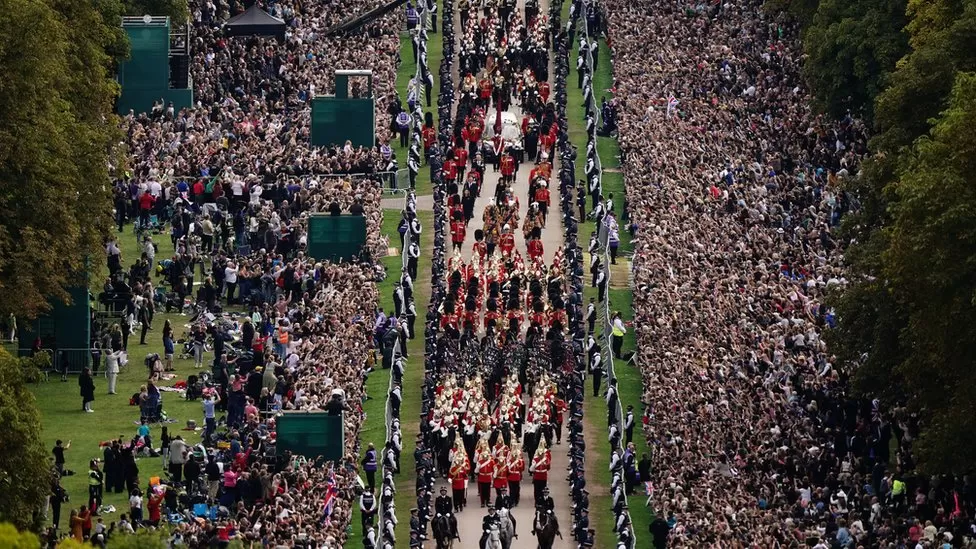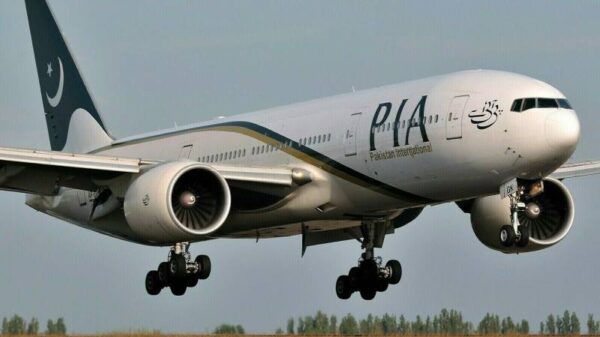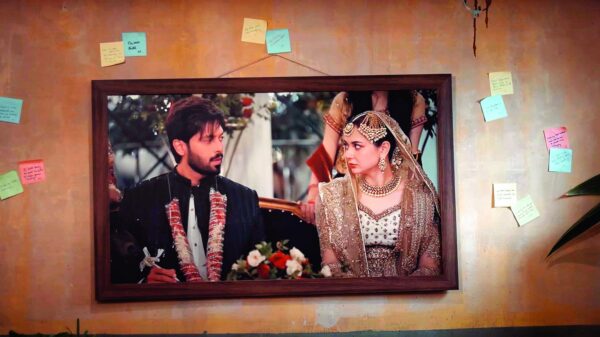On that day, everyone stopped what they were doing to watch Queen Elizabeth II’s final journey, both outside and inside their houses.
Inside Westminster Abbey were royalty and world leaders. However, there were plenty of additional, regular mourners lining the streets of downtown London outside. The first official funeral in nearly 60 years was seen by the British public in millions of unique ways in living rooms, parks, pubs, theatres, and town squares, among other places.
Alistair Mitchell travelled from London to Doncaster to pick up afternoon tea and sandwiches for his mother who was unable to travel. No pre-show trailers or the sound of popping popcorn could be heard at the Curzon in Sheffield as the event was being viewed by a crowd that was primarily dressed in black. There was a turnoff of the lights in Blackpool.
The Queen’s four-and-a-half day lying-in-state came to an end at Westminster Hall at 06:32 BST. The line had reached its conclusion. The audience for Monday, though, had already begun to form during the course of the night. Before 8:00 am, there were ten people deep in Horse Guards Parade. The viewing places along the parade route were full by 9:10.
After travelling from Birmingham the day before, the Rowlasson family—Kyre, 23, his mother Beveley, 41, and grandfather Fred, 72—had a front-row seat at The Mall. All three of them had slept on the ground in their sleeping bags the previous night. Had they slept? Not a wink, responds Kyre.
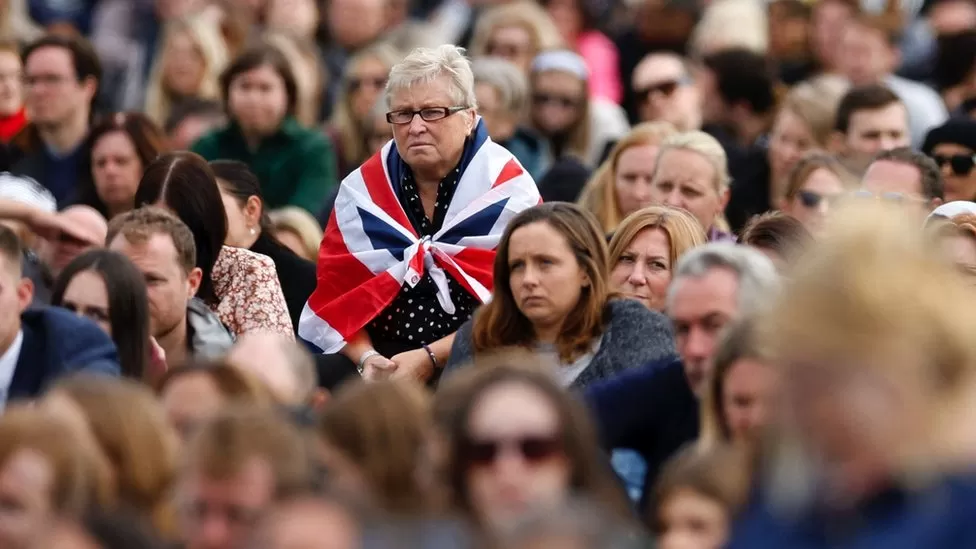
The Queen’s casket then started its brief journey to Westminster Abbey at 10:44.
Liz Perry, 59, was startled by the eerie silence outside her Derby living room as she went to turn on her television. Liz observed that it appeared as if a blanket had been spread across the entire street, indicating that all of her neighbours were also paying attention.
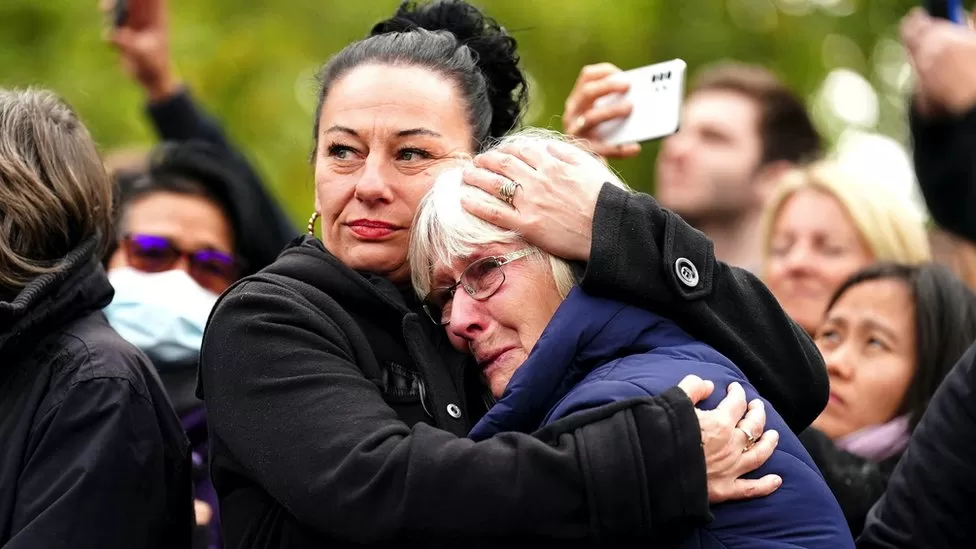
Queen Elizabeth II was given a formal funeral and a military parade as part of the nation’s final farewell.
King Charles III and the Royal Family attended the service at Westminster Abbey along with world leaders and foreign aristocracy.
As her casket was transported to Windsor for burial, hundreds of thousands of people lined the streets.
The Queen’s “lifelong sense of responsibility” was honoured at the funeral by the Dean of Westminster.
Her “unwavering commitment to a noble calling over so many years as Queen and Head of the Commonwealth,” according to the Very Reverend David Hoyle, was praised.
People who had waited in line to view the Queen’s lying-in-state in Westminster Hall paid their final respects before the day officially began.
Her coffin was then brought in a sad procession to Westminster Abbey in a display that had not been witnessed in ages, pulled by 142 sailors on the Royal Navy’s State Gun Carriage.
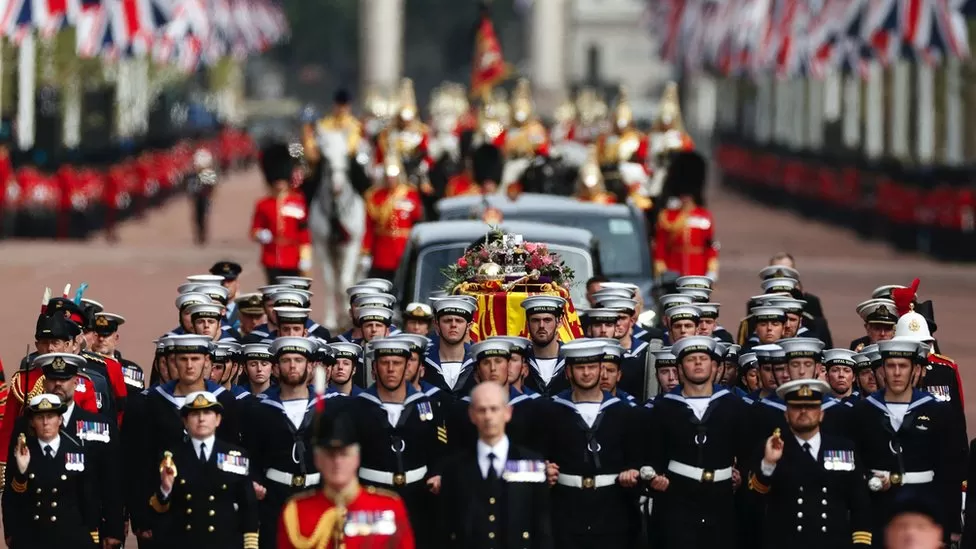
Millions of people across the nation and the globe watched the incident on television.
For those who weren’t invited, large screens were set up in UK cities, and the event was broadcast in certain theatres, bars, and other places.
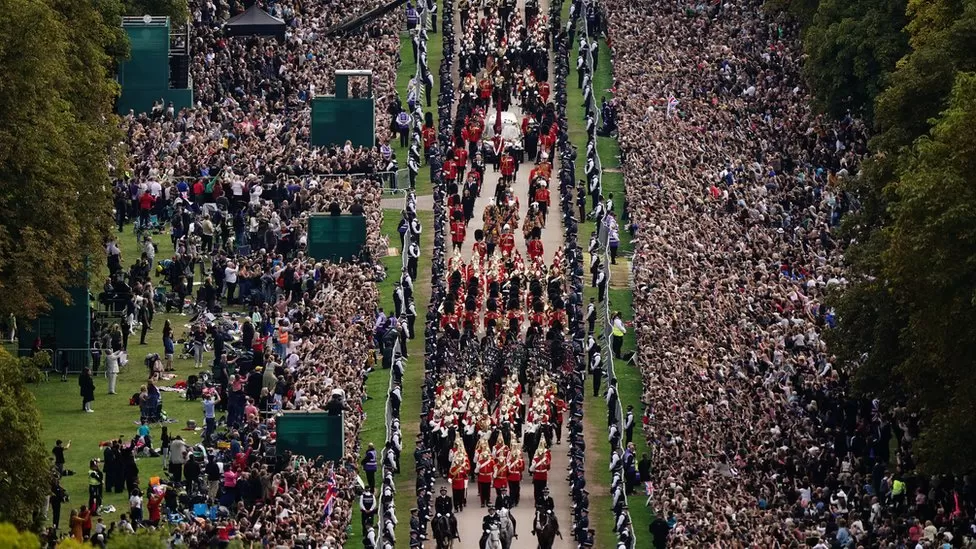
Numerous people were moved to tears as they lined the streets and congregated in parks all around the city to listen to the event.
The largest ceremonial ceremony since World War Two, it was the first state funeral since Sir Winston Churchill’s in 1965.

Pavan Manzoor is an experienced content writer , editor and social media handler along with a track record of youth-oriented activities in Pakistan and abroad. She was selected as a fully-funded delegate as a leadership fellow in Turkey. She also led a team of 5 volunteers at the week-long Young Professionals Fellowship in Maldives. She is also a member of the Youth Standing Committee on Higher Education.


